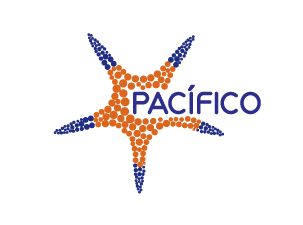Swimways are underwater biological corridors that connect marine areas. Sharks, tuna, turtles, rays, whales and many other migratory marine species travel through them. These corridors play a key role in conserving and recovering the population of many species, favor genetic diversity, facilitate the reproduction of marine species, improve nutrition and increase fisheries productivity. They provide important environmental services for communities, marine protected areas and national economies.


The Movement of Marine Life
The governments of Colombia, Costa Rica, Ecuador and Panama have protected important marine areas in the Tropical Eastern Central Pacific Ocean for several decades. Due to the exceptional natural richness of this region, four of these areas have been declared by UNESCO as World Heritage Sites of Humanity. However, the Swimways that connect them still need special recognition and management to maintain the benefits they provide to nature and people.
DSince 2016 we support regional work in Swimways by managing funds for research, to generate knowledge and support decision-making for their sustainable management. We are currently working in partnership with the Eastern Pacific Marine Corridor (CMAR) and the MigraMar network of scientists for the recognition and special management of two priority swimways in our region: the Coco – Galapagos Swimway (MCG) between Costa Rica and Ecuador, and the Coiba – Malpelo Swimway (MCM), between Panama and Colombia.
The support provided by Fundación Pacífico in recent years paid off during COP26 in Glasgow, where the presidents of Colombia, Costa Rica, Ecuador and Panama signed the “Declaration for the conservation and management of the ecosystems included in the Eastern Tropical Pacific Marine Corridor Cocos-Galapagos-Malpelo-Coiba Swimway”.
In November 2021, Pacifico Foundation supported a workshop with representatives from the Ministries of Environment of the four countries, CMAR, UNESCO, MigraMar and the member funds, which provided inputs for the implementation roadmap for the presidential declaration.
These priority Swimways were identified through scientific studies on the movement of migratory species, which scientists from MigraMar and other entities have carried out for over two decades and they have been using the term Swimways to describe them since 2004. They concluded that in many cases in our region, marine species move following underwater mountain ranges such as the Cocos Ridge, the Malpelo Ridge and the Coiba Mountain Range. Indeed studies indicate that the Cocos Island National Park, the Galapagos Marine Reserve, the Malpelo Fauna and Flora Sanctuary, the Coiba National Park and other MPAs in the region constitute a unique interconnected ecosystem.
Together with our partners, PACIFICO has financed biological justification studies, economic valuation research, stakeholder analysis and legal feasibility studies of the two priority Swimways.
Swimways are everyone’s business: governments, the private sector, non-governmental organizations, the media and communities. The PACIFICO-CMAR-MigraMar initiative channels political will, scientific knowledge and sustainable financing. You can also participate: Join the Movement of Marine Life and learn about the process of recognition, conservation and special management of Swimways in the Eastern Tropical Pacific Ocean.

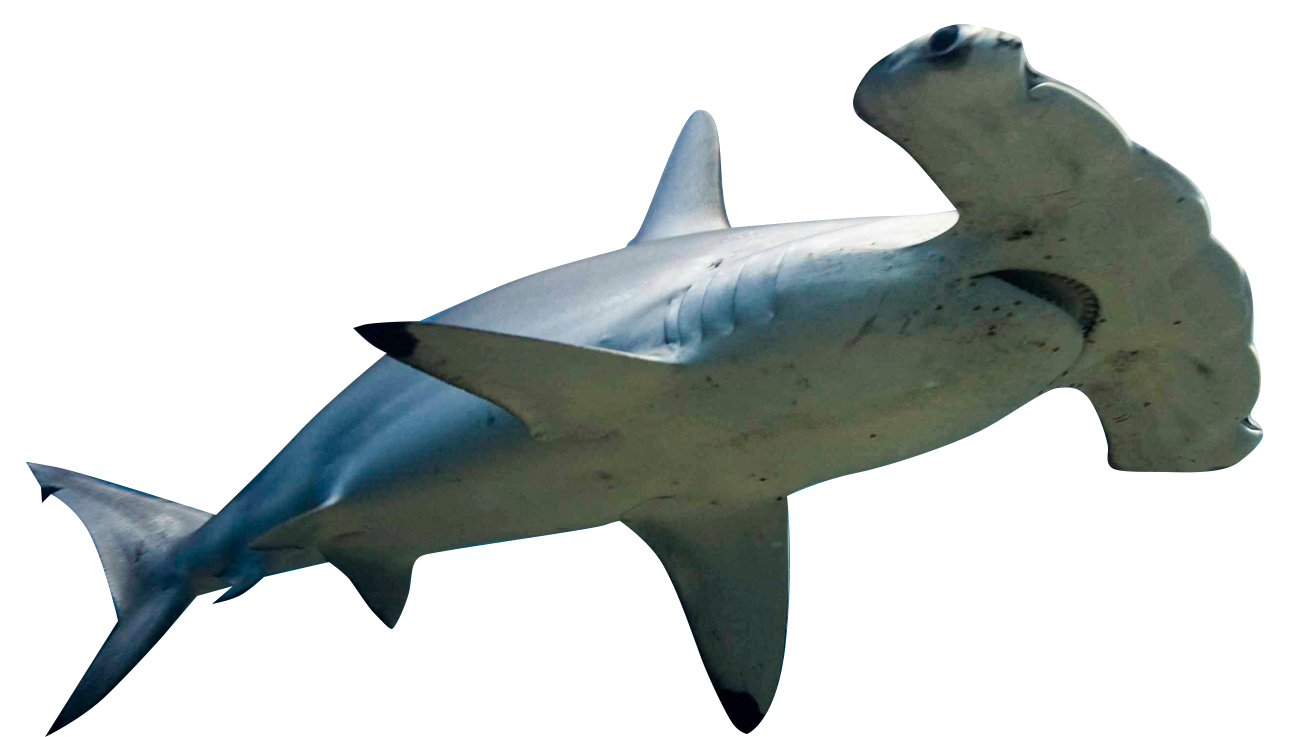
COIBA - MALPELO
Swimway
It connects the Coiba National Park and the Coiba Mountain Range Management Resources Area, in Panama, with the Malpelo Flora and Fauna Sanctuary and the Yuruparí – Malpelo Integrated Management National District, in Colombia. SIt includes the underwater mountain ranges of Coiba and Yuruparí-Malpelo, over an area of 70,822 km2. These MPAs were created thanks to the efforts of both Governments and key NGOs, especially the work of recognized scientists Sandra Bessudo of the Malpelo Foundation and Hector Guzmán of the Smithsonian Tropical Research Institute, both from our partner MigraMar.
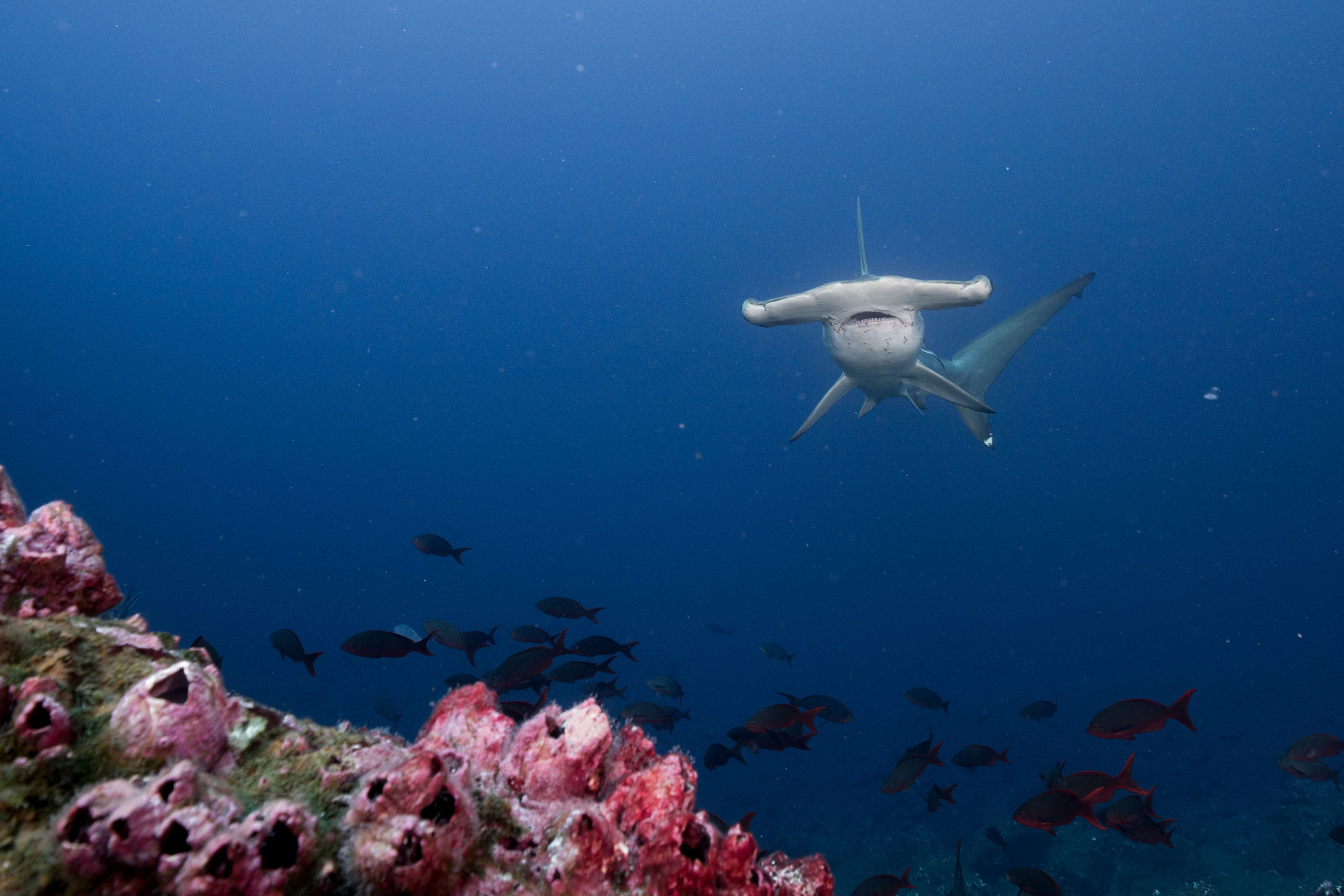
Photo by: Andy Mann
Due to the high ecological interconnection and the convergence of multiple ocean currents, the waters in this region are an oasis of productivity. Several species of regional importance migrate in this Swimway, including populations of commercial interest such as tuna, marlins and dorado, which live in its waters with sharks, marine mammals, reptiles marine-coastal birds. Some of these species are not found anywhere else on the planet (they are endemic).
In addition to its importance for the conservation of emblematic marine species, this Swimway provides important key environmental services for fishing and tourism.
We support the consolidation of the Coco – Malpelo Swimway as a model for binational transboundary management in the Tropical Eastern Central Pacific. Current work is focused on supporting the strengthening of cooperation mechanisms between both countries, leading to the coordinated design of management plans in the marine protected areas already declared in this region by Colombia and Panama, as well as sustainable financing for its effective management.
COCO - GALÁPAGOS
Swimway
This Swimway connects the Cocos Island National Park and the Seamounts Marine Management Area, in Costa Rica, with the Galapagos Marine Reserve in Ecuador. It has a work area of 240,000 km2, equivalent to almost the entire continental area of Ecuador, or about 5 times the continental area of Costa Rica.
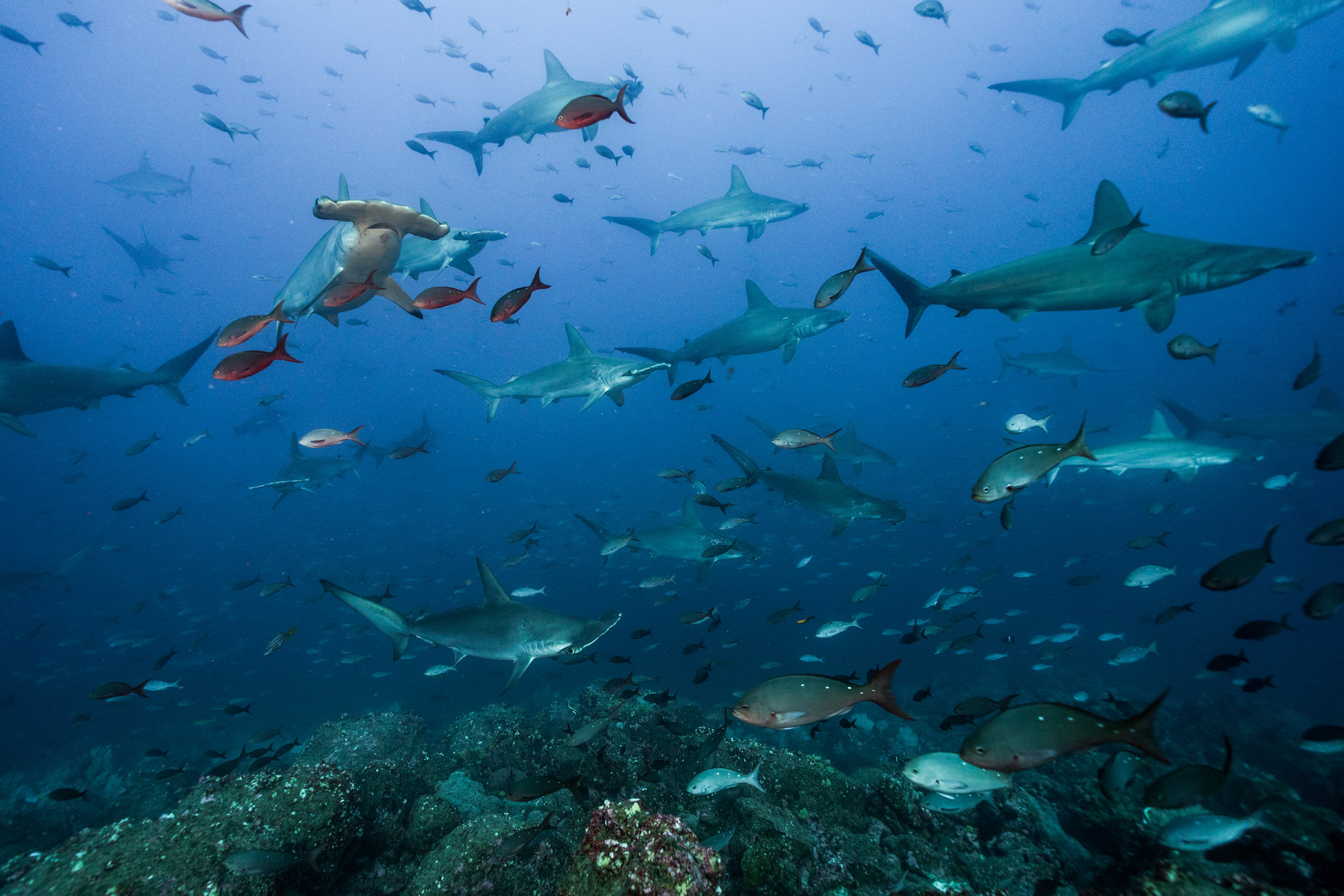
Photo by: Andy Mann
By connecting these two areas of great biological diversity, the Swimway would make possible the reproduction, migration and feeding of several key species of fish of commercial interest, as well as sharks and rays, and of numerous species of marine mammals, birds andreptiles. It also provides valuable environmental services for the socioeconomic well-being of the population of both countries.
Significant environmental services.
The conservation and special management of marine protected areas has proven to significantly increase the fishing productivity of the surrounding seas. Fishing and ecotourism generate millions of dollars in the region.
Thanks to the joint work with CMAR, MigraMar, and other organizations, we have made progress towards the recognition of this Swimway, after completing the Biological Justification, Socioeconomic Assessment, Legal Feasibility and the Stakeholders Analysis. These studies and the regional workshops carried out each year since 2017 have highlighted the importance and the existing collaboration between Costa Rica and Ecuador for the special management of this Swimway.
With CMAR and MigraMar, we currently support the work plan with the governments of Costa Rica and Ecuador and UNESCO, for the designation of this Swimway as the first Marine Transboundary Biosphere Reserve, and to establish the mechanisms for the permanent collaboration between the two countries for its special management.
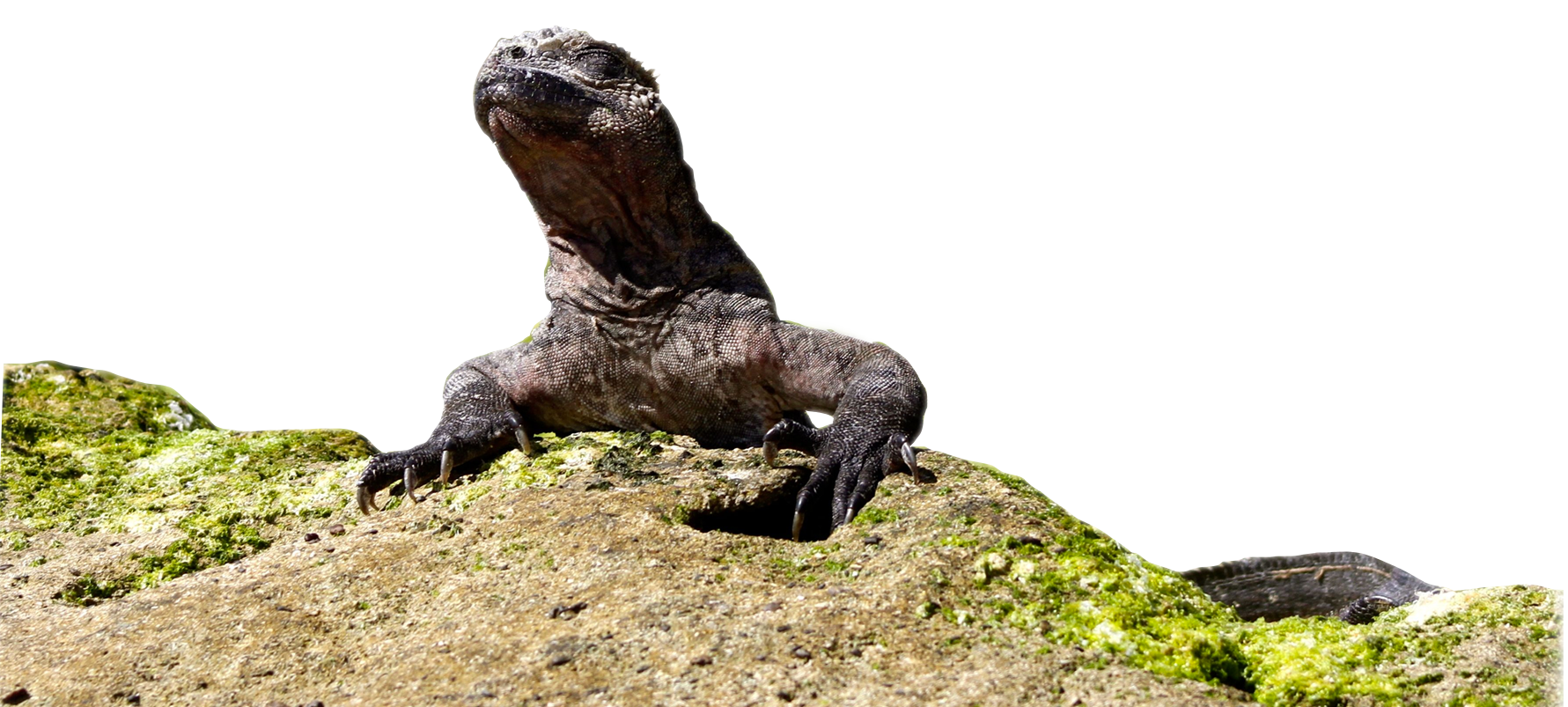
JOIN US
ÚNASE
FREQUENTLY ASKED QUESTION
A Migratory Swimway is a biological corridor linking two or more marine protected areas, through which fish, marine mammals and other migratory species move, following seamounts and ridges. Likewise, the Migratory Swimways are special management instruments for these marine corridors of high connectivity, to safeguard migratory species, ensure the sustainable use of marine resources and increase the environmental, social and economic benefits for the countries of the region.
In addition to PACIFICO, several organizations have been actively promoting migratory swimways for several years. Among them are:
CMAR, which brings together the Ministries of Environment of Costa Rica, Panama, Colombia and Ecuador.
Migramar, which is a network of scientists dedicated to the research and conservation of migratory marine species in the Eastern Pacific, provides scientific information on the migratory patterns of marine species, assesses and forecasts the status of populations to increase scientific knowledge, understand the role they play in the ecosystem and establish the best way to preserve them.
Other organizations supporting migratory swimways include the following:
- Malpelo Foundation
- Dry Islands Foundation
- Galapagos National Park
- Cocos Island National Park
- National Natural Parks of Colombia
- SINAC
- Fins Attached
- Galapagos Conservation Trust
- SeaLegacy
- The Shark Conservation Fund
- Turtle Island Restoration Network
CMAR is the Marine Corridor of the Eastern Tropical Pacific. It is a regional initiative that seeks the adequate management of biodiversity and marine and coastal resources of the Eastern Tropical Pacific of Costa Rica, Panama, Colombia and Ecuador. CMAR, which groups the Ministries of Environment of these four countries, promotes the effective and voluntary collaboration of its members to achieve a coordinated management within the parameters established in international agreements, responding to the interests and priorities of each country.
The Eastern Tropical Pacific Marine Corridor contains 11 marine protected areas of great importance, including 4 declared World Heritage Sites by UNESCO:
- Cocos Island National Park (Costa Rica),
- Coiba National Park (Panama),
- Malpelo Island Flora and Fauna Sanctuary (Colombia),
- Galapagos Marine Reserve (Ecuador)
- Galapagos National Park (Ecuador)
- Gorgona National Natural Park
- Yurupari-Malpelo National District of Integrated Management (Colombia)
- Bicentennial Marine Management Area (Costa Rica)
- Hermandad Marine Reserve (Ecuador)
- Special Marine Protection Zone of Coiba National Park (Panama) and
- Cordillera Coiba Managed Resources Area (Panama).
So far, two migratory swimways have been established: the Cocos – Galapagos Swimway between Cocos Island in Costa Rica and the Galapagos Islands in Ecuador; and the Coiba – Malpelo Swimway between Coiba Island in Panama and the Malpelo Flora and Fauna Sanctuary in Colombia.
The migratory swimways are binational, meaning that each is under the jurisdiction of two countries. The Coco – Galapagos Swimway is under the jurisdiction of Costa Rica and Ecuador. The Coiba Malpelo Swimway is under the jurisdiction of Panama and Colombia. For this reason it is necessary to establish binational integrated management plans for each of them.
